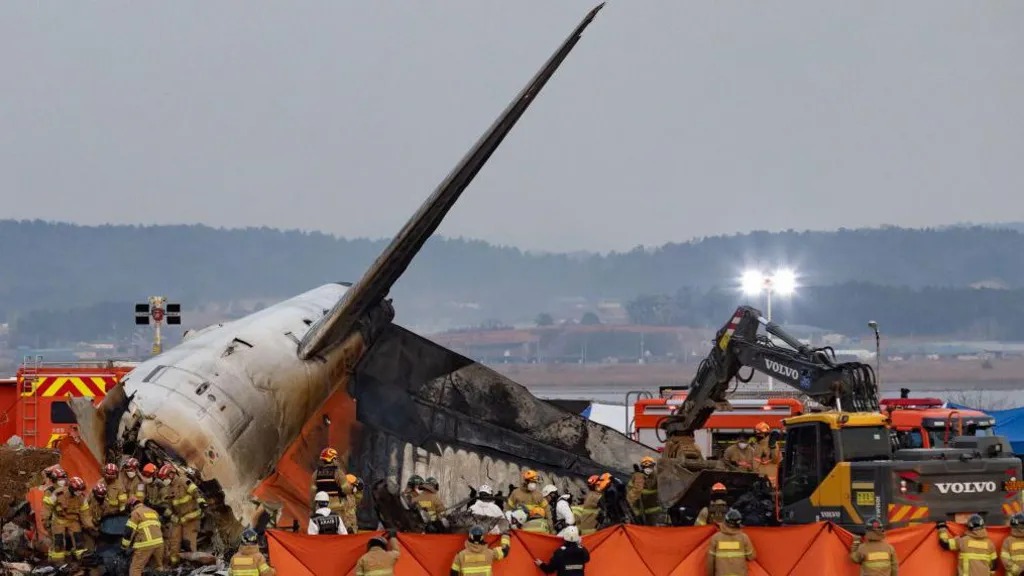
South Korea Mandates Bird Detection in Airports
In December last year, a tragic air crash in South Korea highlighted the urgent need for airport bird detection systems. A Boeing 737-800, departing from Bangkok and destined for Muan International Airport, experienced a fatal bird strike. The incident resulted in the loss of 179 lives, prompting authorities to enforce new safety measures across all airports.
Understanding South Korea’s Bird Detection Systems for Airports
Following the crash, South Korea’s Ministry of Land announced plans to install bird detection cameras and thermal imaging radars at all airports by 2026. These systems aim to provide early warnings by detecting the size and movement patterns of birds, which are then relayed to air traffic controllers to mitigate risks. For more on aviation safety, visit BBC .
Currently, only four airports have thermal imaging cameras, with none reportedly having bird detection radars. The new mandate ensures each airport will have at least one camera, enhancing safety protocols significantly. Additional plans require relocating sites that attract birds, like rubbish dumps, away from airport vicinities.
The Impact of Bird Strikes and Detection Systems
The investigated incident also highlighted the role of a concrete structure at the runway’s end, which exacerbated the crash’s severity. Experts suggest that bird detection systems could prevent future incidents by improving pilots’ response time. For related aviation safety insights, see Kenkou Land .
On 29 December, the doomed flight struck a bird minutes after the pilot was warned of “bird activity.” An emergency protocol was initiated, but the landing gear malfunctioned, causing a belly-landing and a subsequent collision with the structure. This tragedy emphasizes the necessity of robust bird detection systems.
With the age of passengers ranging from three to 78, only two cabin crew members survived. This incident underscores the critical need for advanced safety measures and rapid response systems to prevent future aviation disasters.



